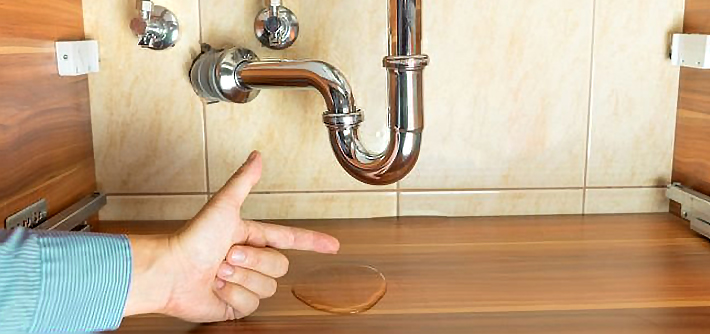In today's industrial landscape, the need for reliable and efficient water detection solutions has never been more pressing. The advent of long-range water sensors has revolutionized industries, providing a means to monitor water levels and prevent potential water-related hazards. These sensors play a critical role in maintaining safety and efficiency across various sectors, including agriculture, manufacturing, and environmental monitoring.
The core advantage of a long-range water sensor lies in its ability to detect water presence over extended distances. This capability helps industry QA specialists ensure that operations run smoothly without the risk of undetected leaks or water accumulation. In this article, we'll delve into the workings of long-range water sensors, their applications, and their significance for industry QA professionals.

How Long-Range Water Sensors Work
Unlike traditional sensors that may have limited range and capabilities, long-range water sensors utilize state-of-the-art technology to detect water over expansive areas. These sensors often employ advanced radio frequency (RF) technology, allowing them to transmit data over long distances to centralized monitoring systems. This capability is especially beneficial for industries where immediate feedback is crucial for averting potential disasters.
For example, in environmental monitoring, a long-range sensor can quickly identify unusual water activity in a remote location. When anomalies are detected, the sensor relays data to industry QA teams who can take swift action. Learn more about these sensors and how they can benefit your operations.
Benefits of Long-Range Water Sensors for Industry QA
Industry QA teams are tasked with maintaining the quality and safety of operations, making their role vital. Long-range water sensors enhance their capabilities by providing several key benefits:
- Enhanced Detection Capabilities: With the ability to cover large areas, these sensors reduce the chances of missing critical water presence.
- Real-Time Monitoring: Immediate data transmission ensures rapid response to potential issues, preventing costly damage.
- Cost-Effectiveness: By reducing damage risks, these sensors save industries significant costs associated with water leakage and damage repairs.
Explore more on the cost-benefit analysis of integrating these sensors into your operational framework.
Applications Across Industries
The versatility of long-range water sensors allows their application across diverse sectors. Here are a few examples:
Agriculture: Monitoring water levels in fields to optimize irrigation systems and ensure sustainable water usage. The ability to detect soil moisture over large land areas prevents overwatering and resource wastage.
Manufacturing: In manufacturing plants, water leaks can disrupt operations and lead to significant financial losses. Leveraging long-range sensors helps in early detection, safeguarding machinery and products.
Learn more about industry-specific applications of water sensors.
Environmental Significance and Sustainability
Water conservation is a significant global issue, and long-range water sensors assist in addressing this challenge. By enabling precise water usage monitoring, these sensors contribute to sustainable practices, minimizing environmental impact. Organizations focused on sustainability can benefit immensely from integrating these technologies into their systems.
Explore the environmental benefits of water leak detection systems.

FAQs
-
What makes long-range water sensors different from regular sensors?
Long-range sensors are designed to detect water presence over extensive distances compared to regular sensors. They are ideal for monitoring large or remote areas, offering real-time data transmission. -
How do these sensors help in cost-saving?
Through early detection of water leaks or accumulations, these sensors prevent potential damage to facilities or equipment, saving industries from significant repair and operational costs. -
Are long-range water sensors challenging to install?
Most sensors are designed for user-friendly installation and integration with existing monitoring systems, easing the process for industry QA specialists.






